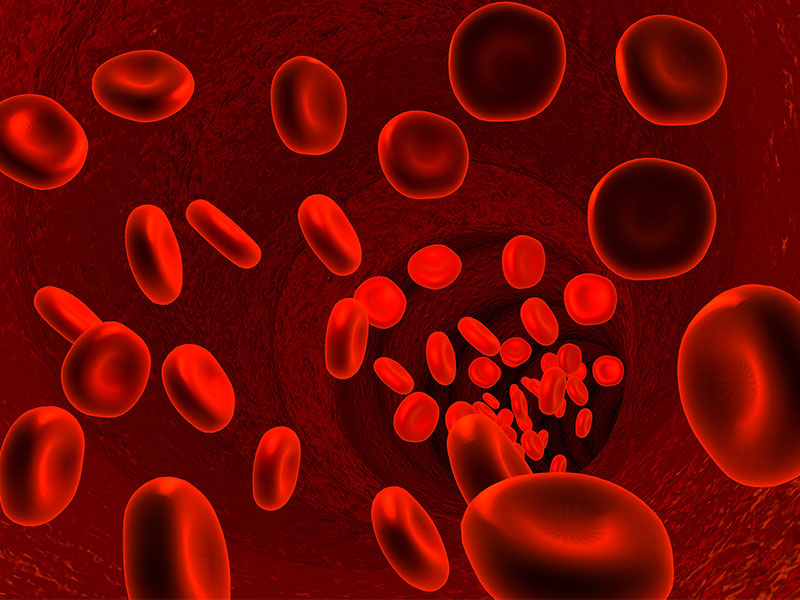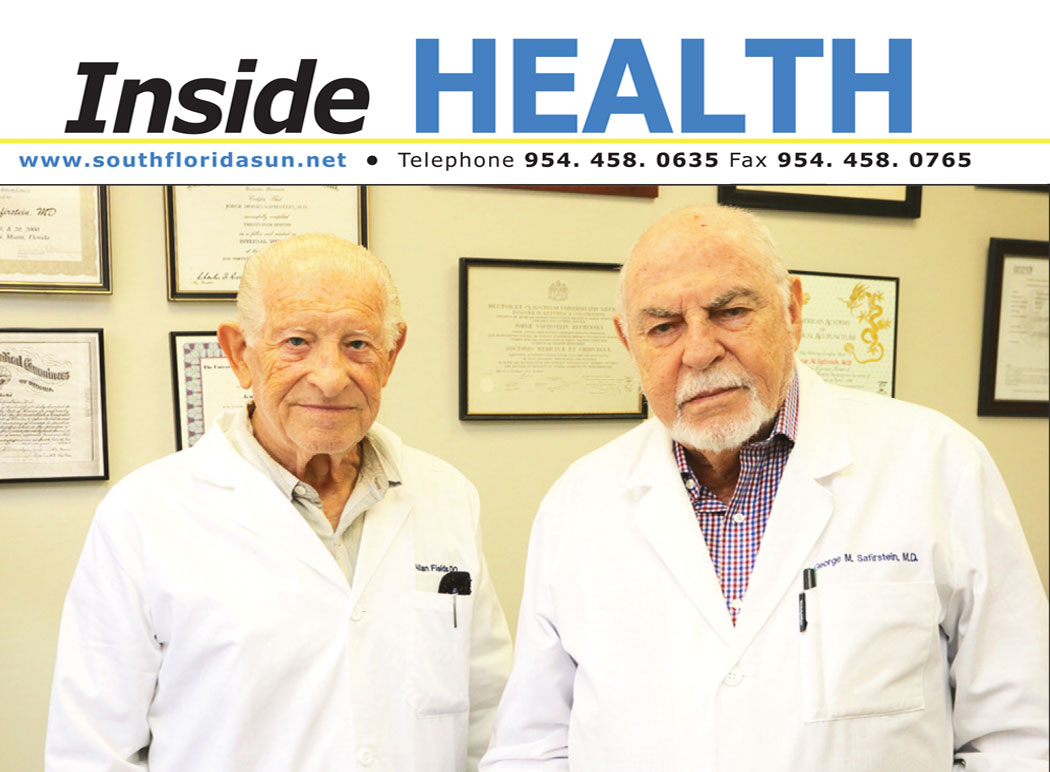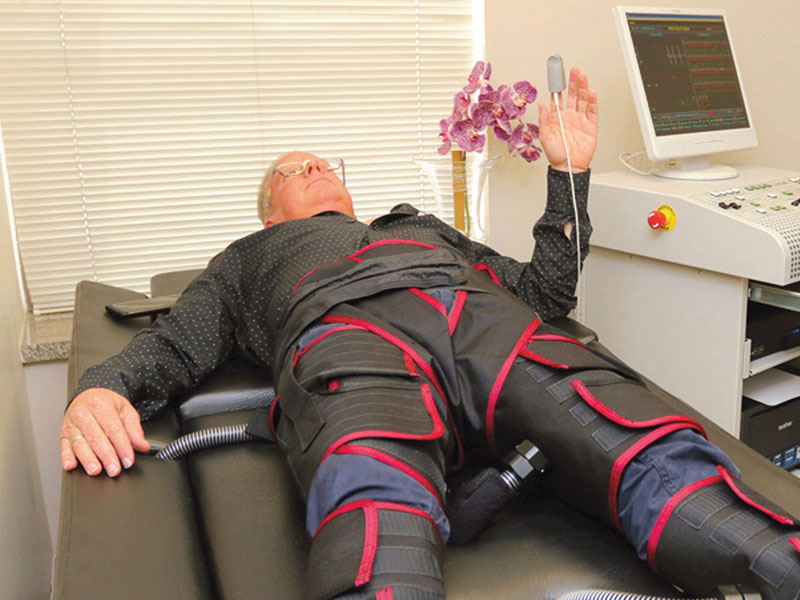If you have heard of Enhanced External Counterpulsation (EECP), then you probably know someone who has suffered through some of the major health problems that it addresses. EECP is a new type of medical technique and it’s good for everyone to know about the benefits of EECP.
EECP
What Is Enhanced External Counterpulsation (EECP)?
The Enhanced external counterpulsation (EECP) is a new kind of therapy. The main goal of it is to provide noninvasive treatment to every user who wants to do the following:
- Augment diastolic pressure;
- Help reduce erectile dysfunction issues;
- Decrease left ventricular afterload;
- Reduce possibility of ischemic stroke; and
- Increase venous return.
EECP uses a systematic process that underlines the value of a scientific work. From Bluecross (2019) EECP has been described as a process that uses “timed, sequential inflation of pressure cuffs on the calves, thighs, and buttocks to augment diastolic pressure, decrease left ventricular afterload, and increase venous return.”
More than 100 published clinical trials have shown that EECP Therapy improves blood flow to the myocardium (heart muscle) by developing micro-vessel pathways around narrowed and blocked arteries.
Who Can Benefit Most From Enhanced External Counterpulsation (EECP) Therapy?
If you are diagnosed with angina, coronary heart disease, or erectile dysfunction, you may be a prime candidate for the treatment. In the United States, the treatment requires 35 sessions and will typically cost around $3,000 to $5,000. The good thing about it is that EECP is covered by most insurance and healthcare plans in the United States.
EECP is a much safer alternative to any kind of surgical intervention and it’s seen as such by most doctors.
The FDA (United States Food and Drug Administration) approved EECP in 1995 as a treatment for angina, coronary artery disease and, cardiogenic shock and also to be used during a heart attack. EECP was also approved as a treatment for congestive heart failure by the FDA in 2002.
The benefits of EECP can last up to five years from the conclusion of the treatment.

Who Cannot Use EECP Therapy?
Forogos (2018) came up with a list of those who cannot use EECP and these are patients with the following conditions:
- Those who suffer from aortic insufficiency are not prime candidates for EECP;
- Those who have suffered a recent cardiac catheterization cannot undergo the 35 sessions required of EECP;
- Those who have irregular heart rhythm and needs further assessment would not be good candidates for the rigorous process of EECP.
- Those who have severe hypertension, or peripheral artery disease, and those with a history of deep venous thrombosis are also not good candidates for EECP.
EECP is not as widely accepted as most of the other cardiac treatments being used in the world. The primary reason is because some professionals are very careful on what they allow their patients to have and EECP is not yet widely considered as a therapeutic option in some parts of the world.
Other Promises of EECP
EECP also promises a lot of benefits for patients with the following conditions but these require further clinical trials:
- Those suffering from Dementia or Alzheimer’s Disease will benefit greatly from the process since studies have shown that there is a 20 percent increase in the cerebral perfusion pressure during the EECP treatments.
- Pre-diabetics and those with hypertensive disorders may also get the help of EECP.
- Studies have also shown that the lymphatic system can benefit from the treatments of EECP.

Benefits of EECP Outweigh The Costs
The good thing about EECP is that for the right patients, such as people diagnosed with coronary heart disease, angina or erectile dysfunction, the many benefits of EECP the treatment can outweigh the costs.
There are a lot of conditions that it can address as a treatment and yet it is non-invasive. It is approved by the FDA and it’s usually covered by insurance so it could be a very useful therapy for many people.
Sources
https://www.bluecrossnc.com/sites/default/files/document/attachment/services/public/pdfs/medicalpolicy/enhanced_external_counterpulsation_eecp.pdf
https://articles.mercola.com/sites/articles/archive/2018/07/29/enhanced-external-counterpulsation-therapy-heart-disease.aspx
https://www.verywellhealth.com/enhanced-external-counterpulsation-eecp-1745293


